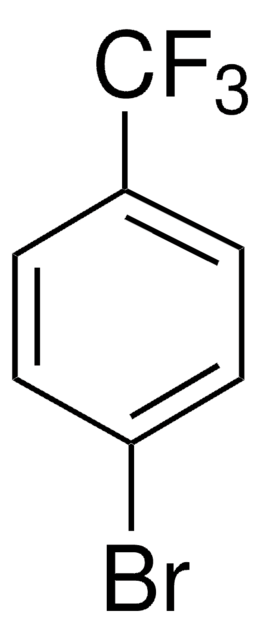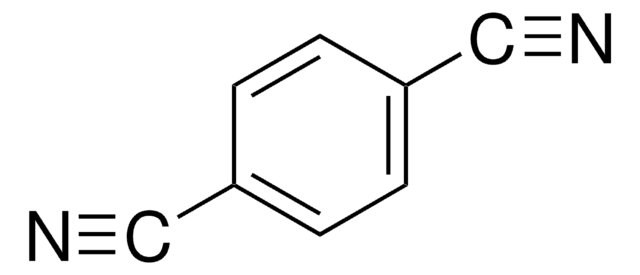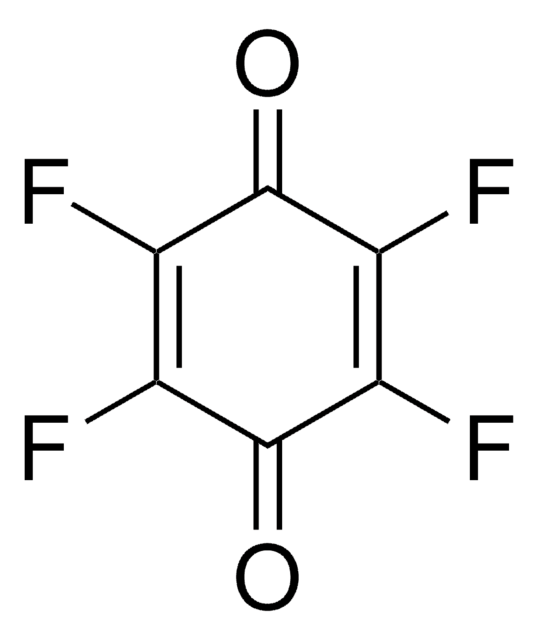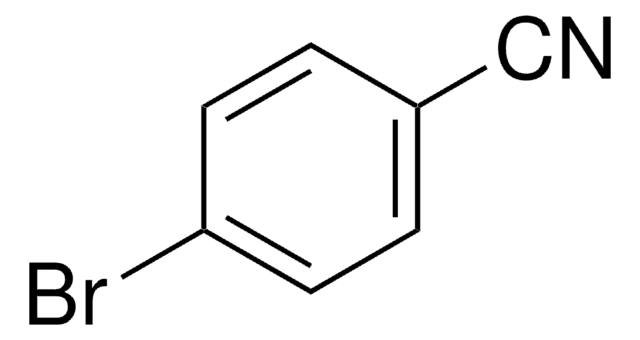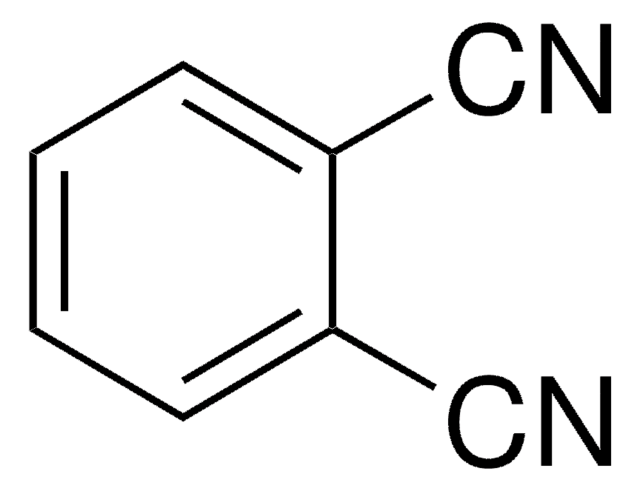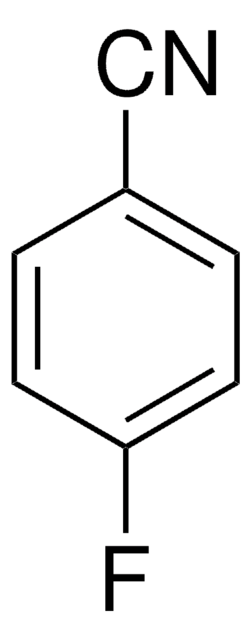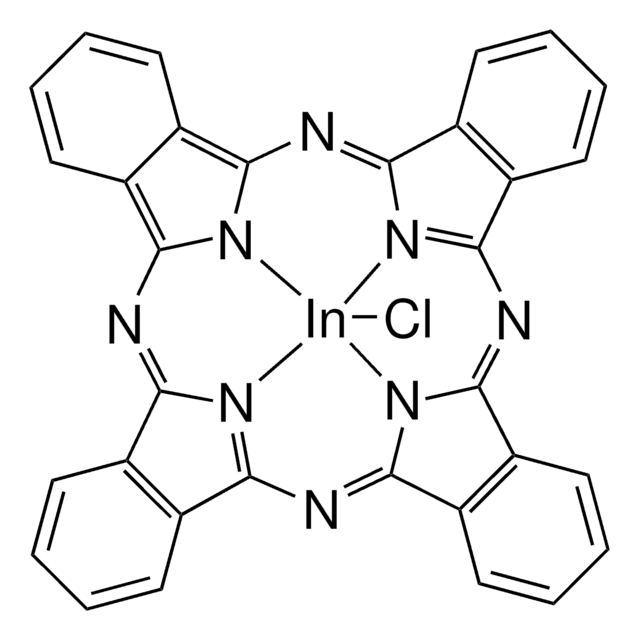157635
7,7,8,8-Tetracyanoquinodimethane
98%
Sinonimo/i:
(2,5-Cyclohexadiene-1,4-diylidene)-dimalononitrile, TCNQ
About This Item
Prodotti consigliati
Livello qualitativo
Saggio
98%
Stato
solid
Punto di fusione
287-289 °C (dec.) (lit.)
Energia dell’orbitale
LUMO 4.6 eV
Caratteristiche del semiconduttore
N-type (mobility=10−5 cm2/V·s)
Stringa SMILE
N#C\C(C#N)=C1/C=C\C(C=C1)=C(/C#N)C#N
InChI
1S/C12H4N4/c13-5-11(6-14)9-1-2-10(4-3-9)12(7-15)8-16/h1-4H
PCCVSPMFGIFTHU-UHFFFAOYSA-N
Informazioni sul gene
human ... CAPN1(823)
rat ... Capn1(29153) , Nos1(24598)
Cerchi prodotti simili? Visita Guida al confronto tra prodotti
Categorie correlate
Descrizione generale
Applicazioni
Avvertenze
Danger
Indicazioni di pericolo
Consigli di prudenza
Classi di pericolo
Acute Tox. 3 Dermal - Acute Tox. 3 Inhalation - Acute Tox. 3 Oral
Codice della classe di stoccaggio
6.1A - Combustible acute toxic Cat. 1 and 2 / very toxic hazardous materials
Classe di pericolosità dell'acqua (WGK)
WGK 3
Punto d’infiammabilità (°F)
Not applicable
Punto d’infiammabilità (°C)
Not applicable
Dispositivi di protezione individuale
dust mask type N95 (US), Eyeshields, Gloves
Scegli una delle versioni più recenti:
Possiedi già questo prodotto?
I documenti relativi ai prodotti acquistati recentemente sono disponibili nell’Archivio dei documenti.
I clienti hanno visto anche
Articoli
Fabrication procedure of organic field effect transistor device using a soluble pentacene precursor.
Global Trade Item Number
| SKU | GTIN |
|---|---|
| 157635-1G | |
| 157635-5G | 4061838743459 |
| 157635-10G | 4061838743442 |
Il team dei nostri ricercatori vanta grande esperienza in tutte le aree della ricerca quali Life Science, scienza dei materiali, sintesi chimica, cromatografia, discipline analitiche, ecc..
Contatta l'Assistenza Tecnica.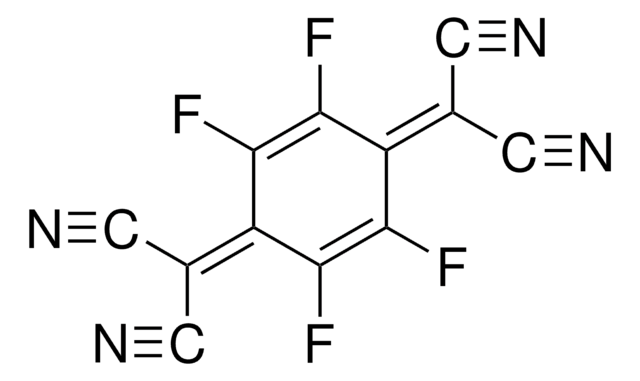
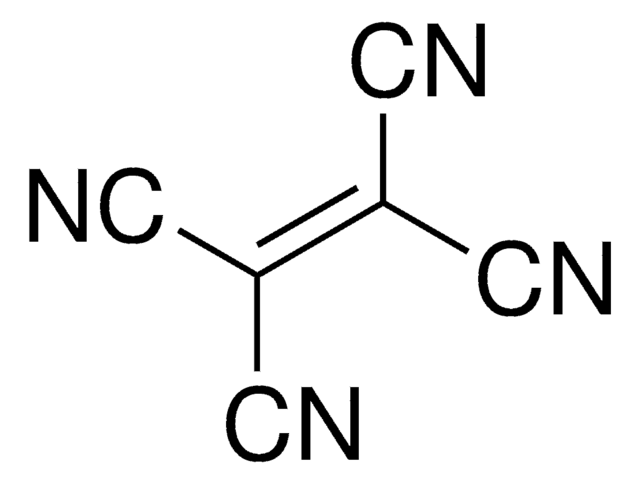
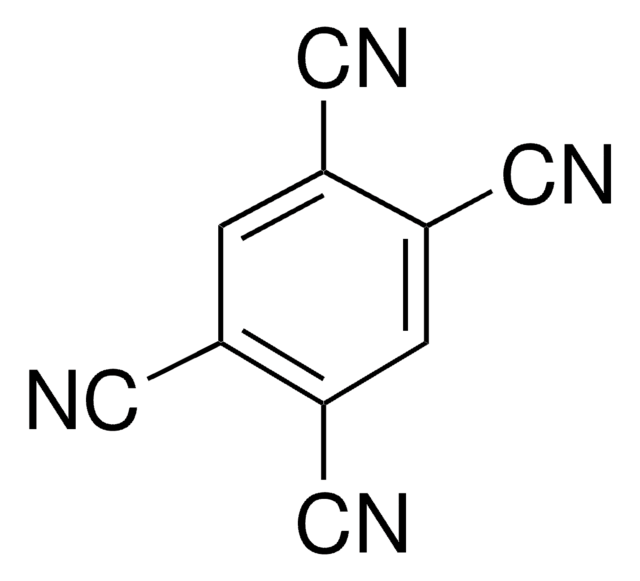
![Dipyrazino[2,3-f:2′,3′-h]quinoxaline-2,3,6,7,10,11-hexacarbonitrile 95% (HPLC)](/deepweb/assets/sigmaaldrich/product/structures/151/558/c0e2c95f-5228-4864-a7a5-4b9765a19840/640/c0e2c95f-5228-4864-a7a5-4b9765a19840.png)
